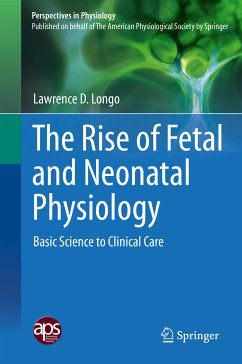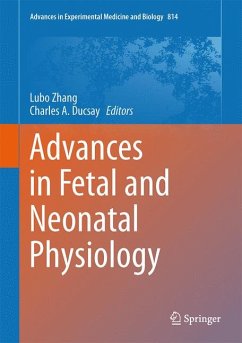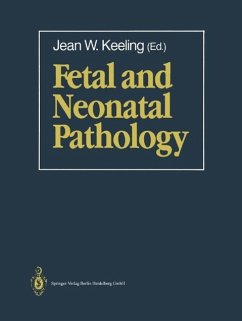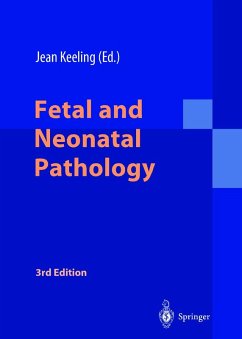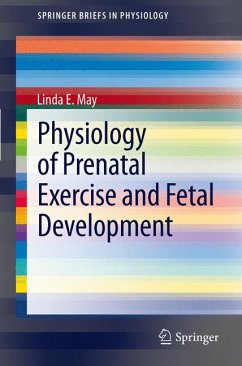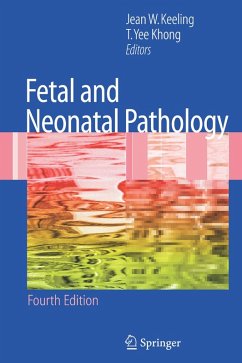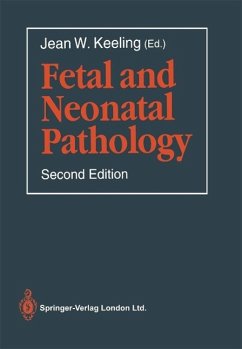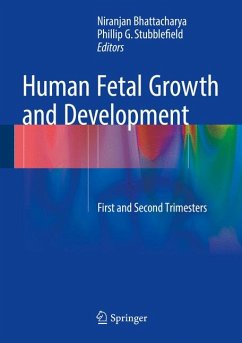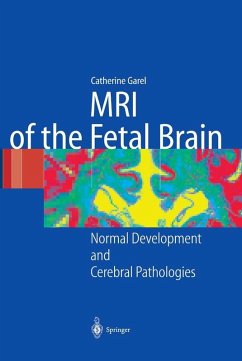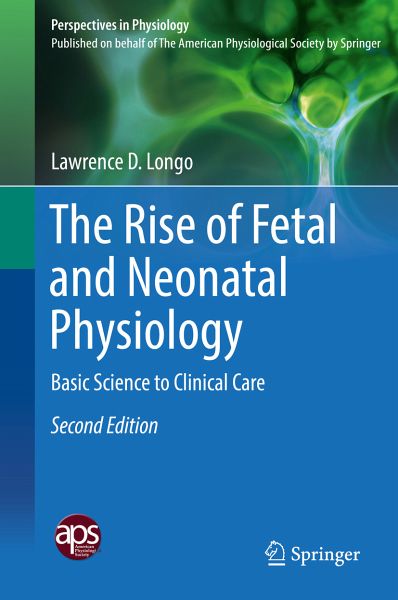
The Rise of Fetal and Neonatal Physiology (eBook, PDF)
Basic Science to Clinical Care
Versandkostenfrei!
Sofort per Download lieferbar
256,95 €
inkl. MwSt.
Weitere Ausgaben:

PAYBACK Punkte
128 °P sammeln!
An updated and expanded second edition
Presents a definitive history of an important field of physiology, which concerns the developing fetus and newborn infant
Includes contributions from over 40 leading scientists in the field
Presents a definitive history of an important field of physiology, which concerns the developing fetus and newborn infant
Includes contributions from over 40 leading scientists in the field
Dieser Download kann aus rechtlichen Gründen nur mit Rechnungsadresse in A, B, BG, CY, CZ, D, DK, EW, E, FIN, F, GR, HR, H, IRL, I, LT, L, LR, M, NL, PL, P, R, S, SLO, SK ausgeliefert werden.



